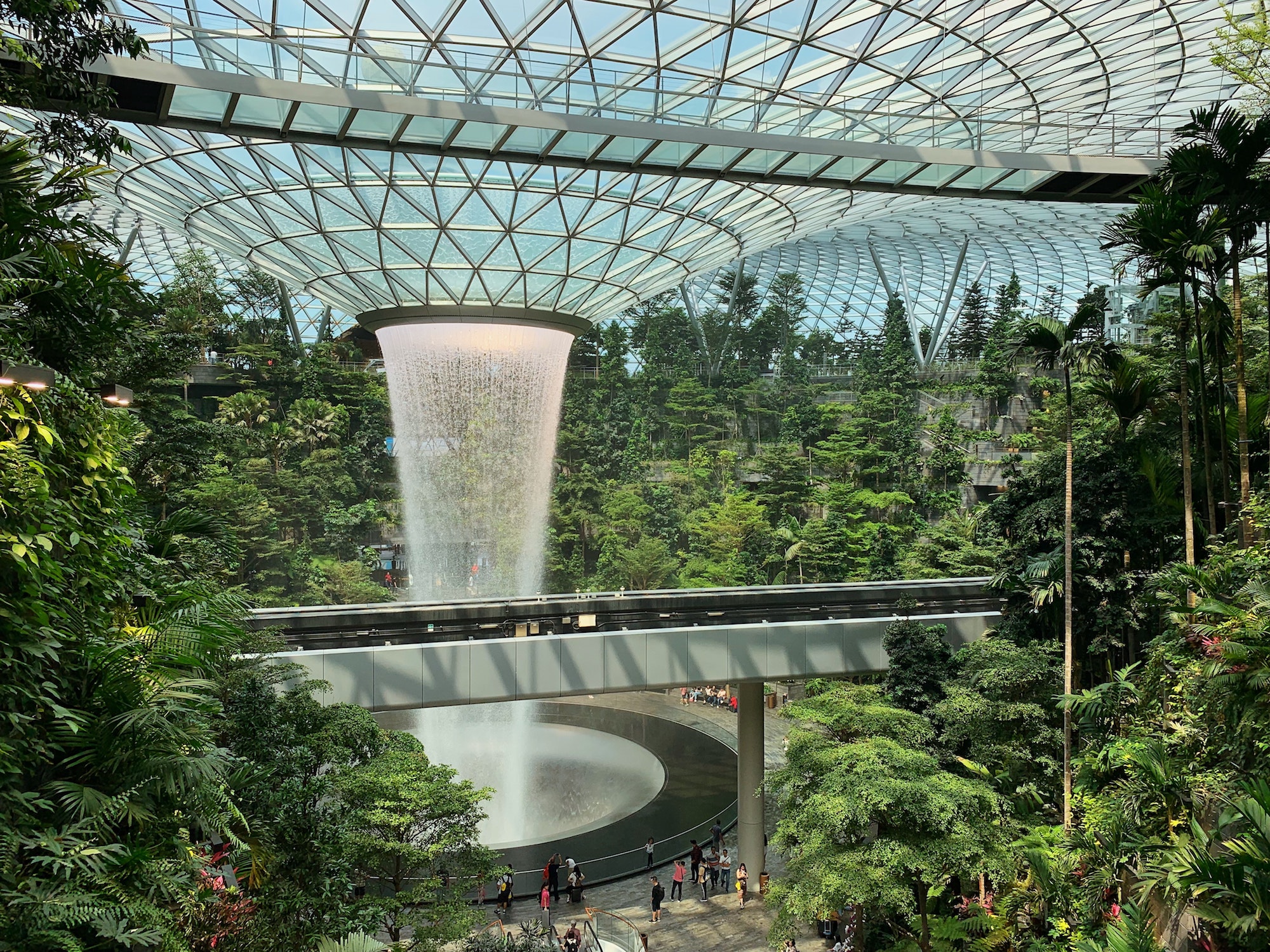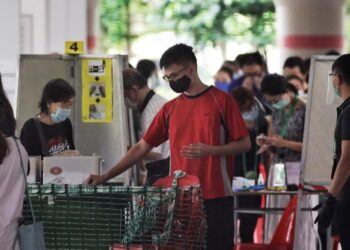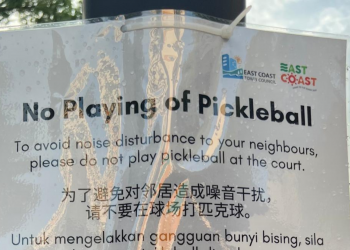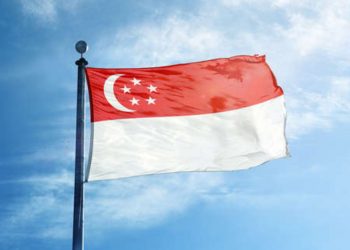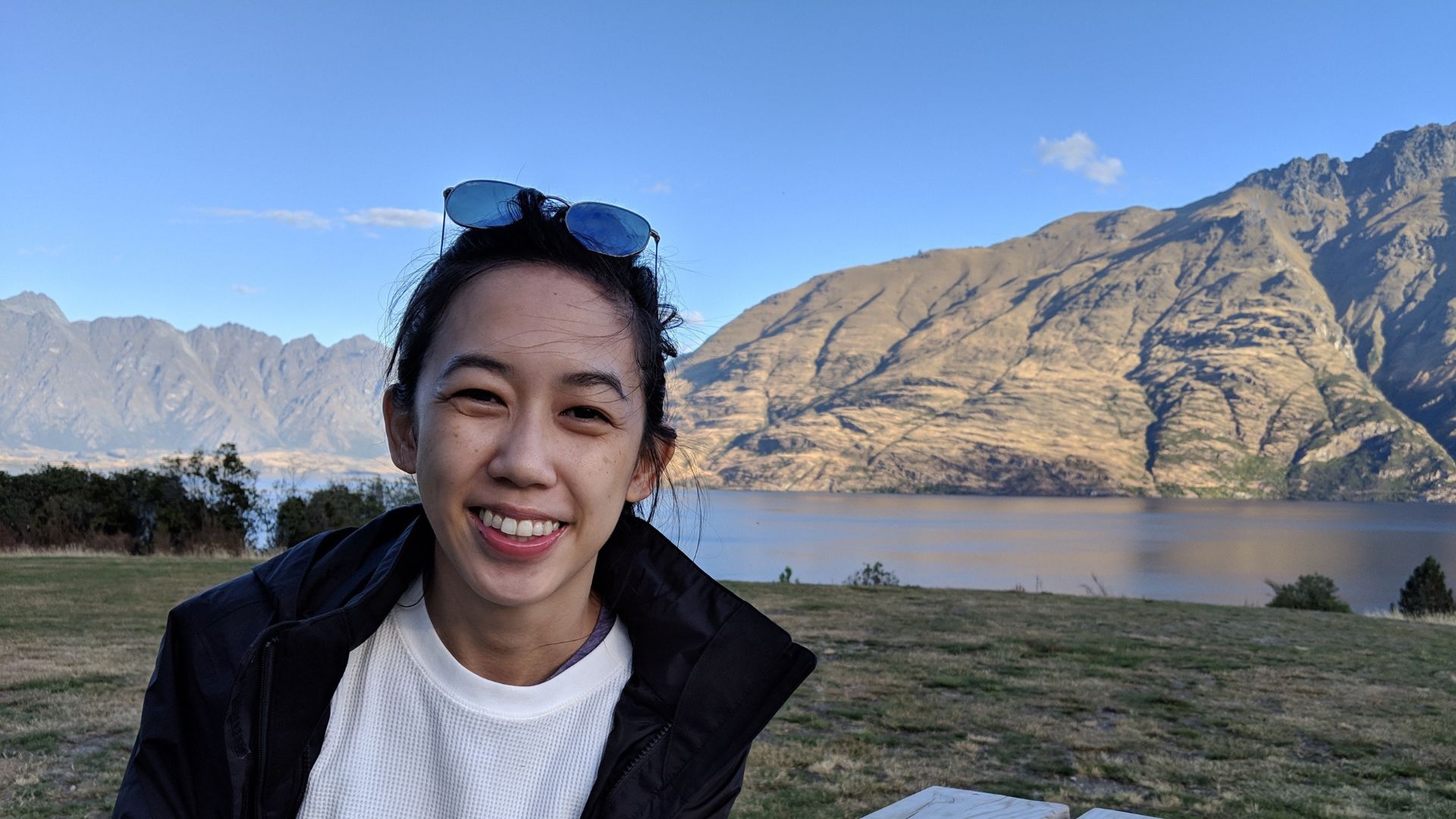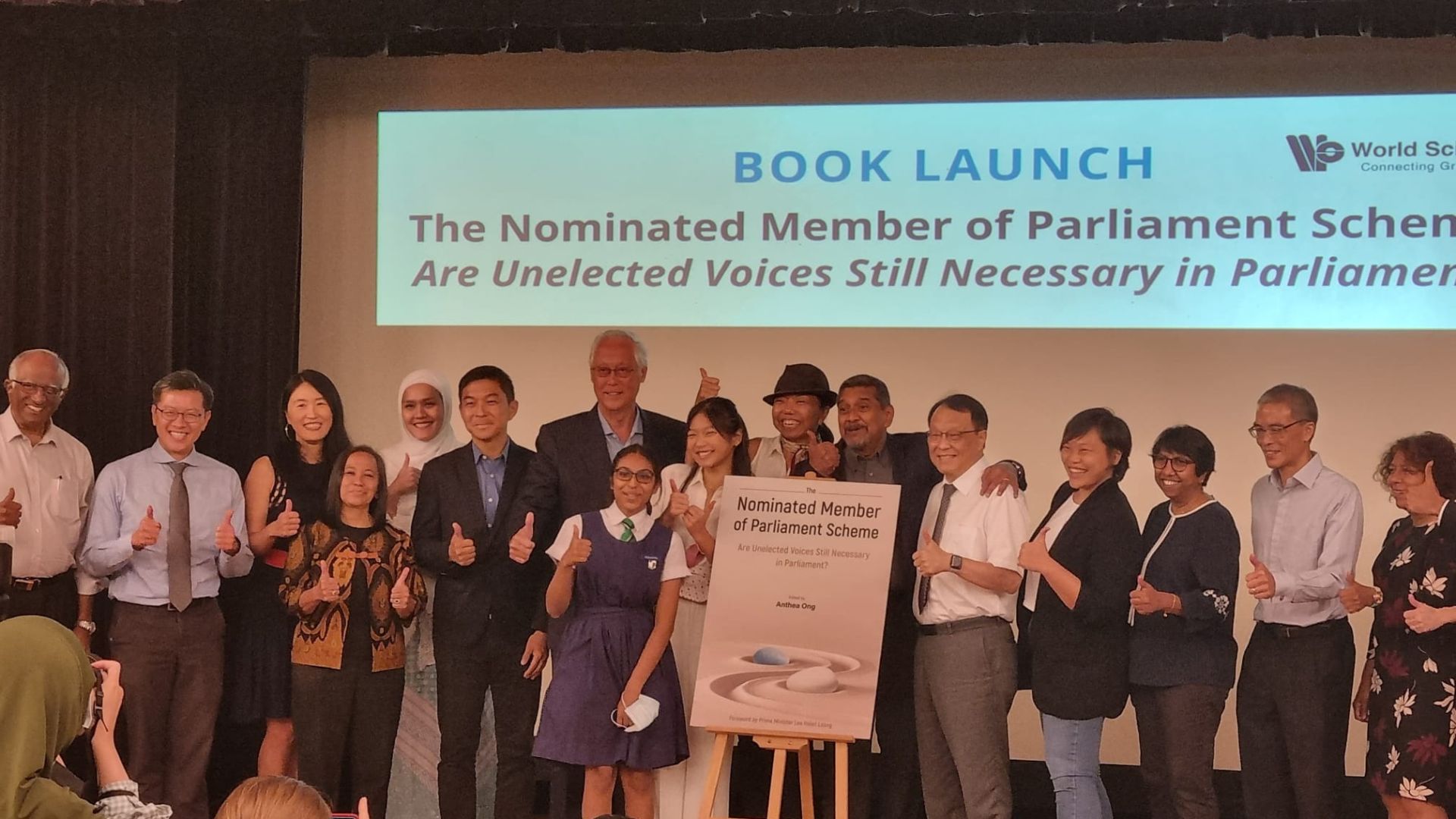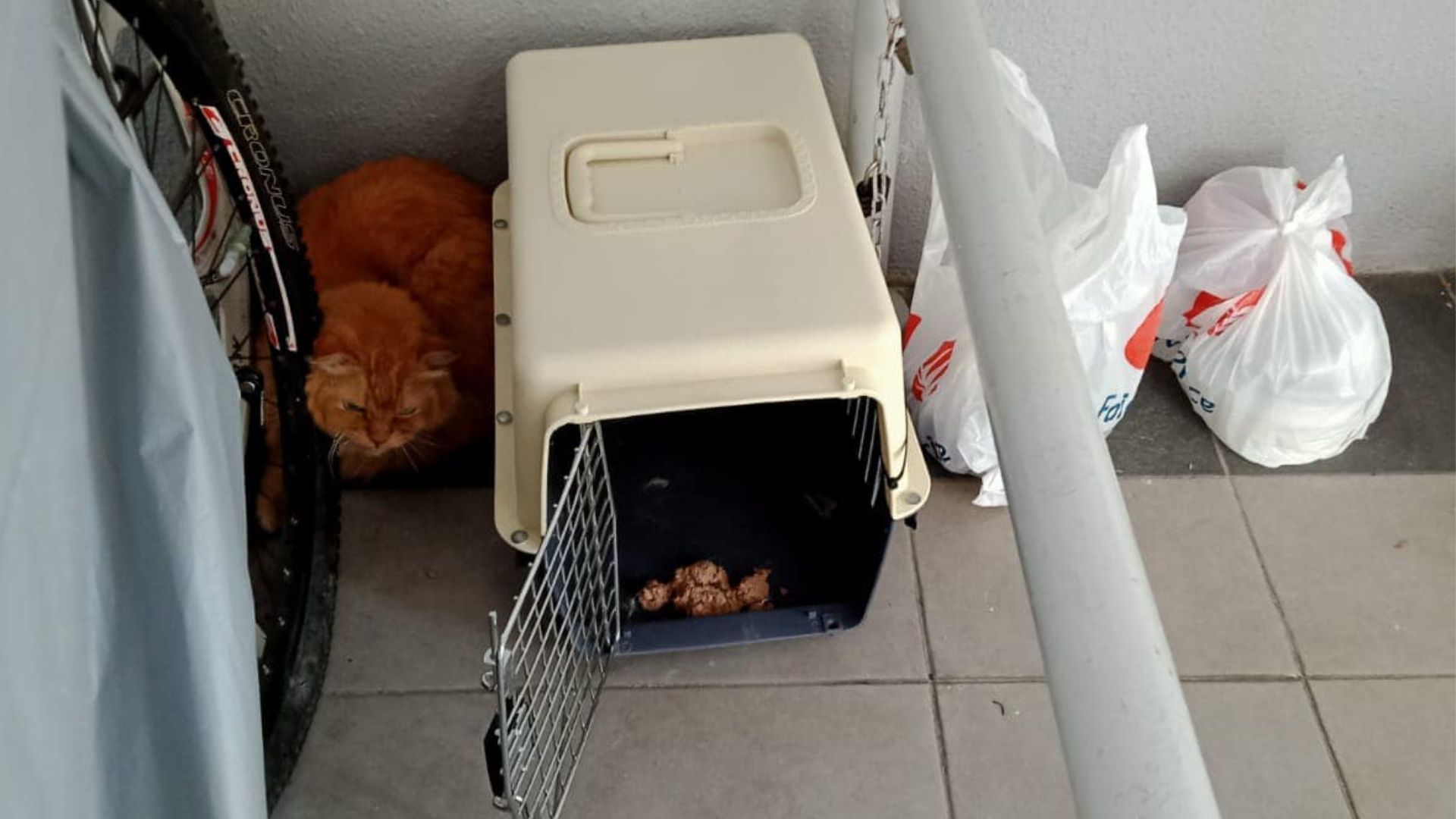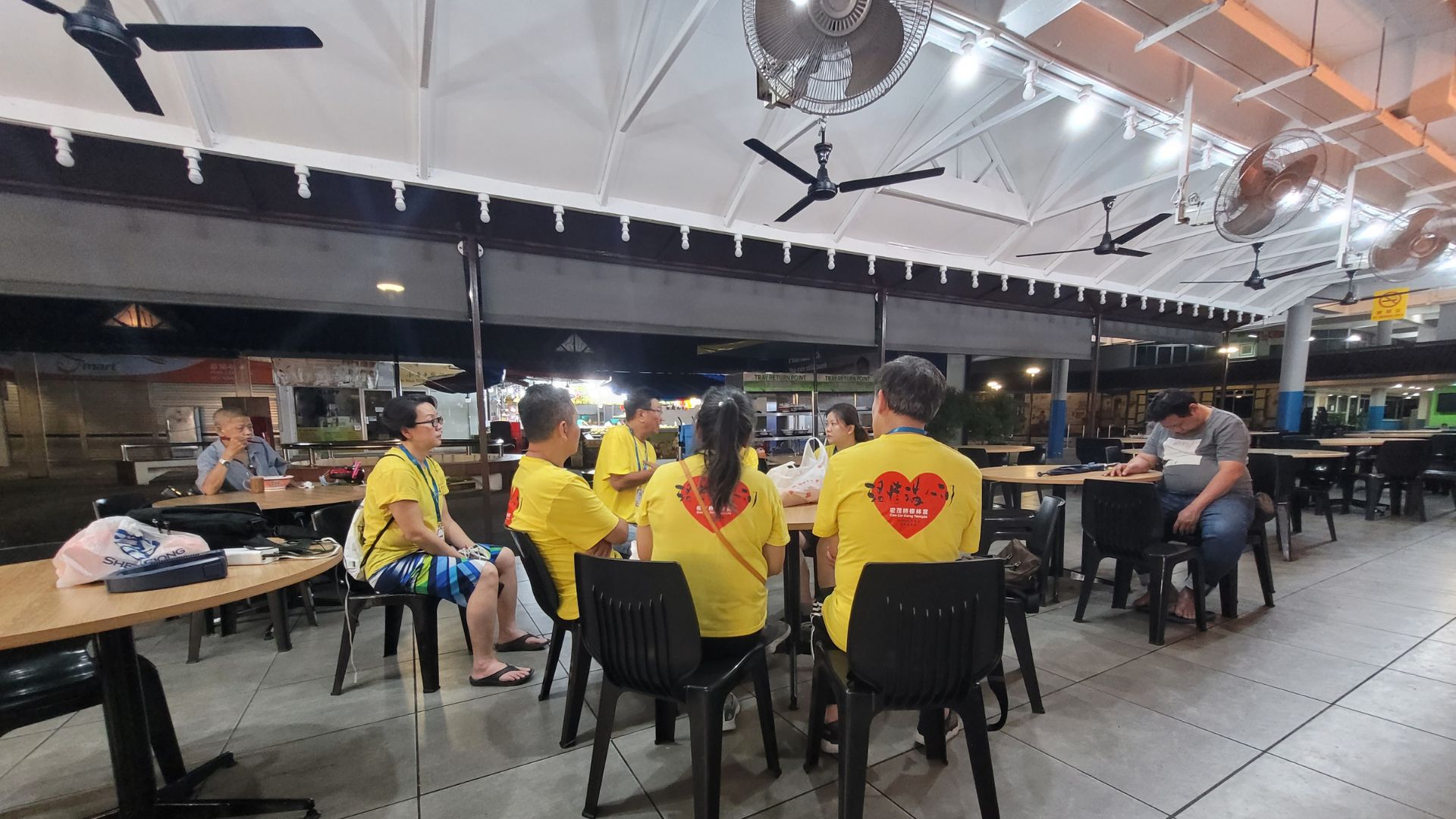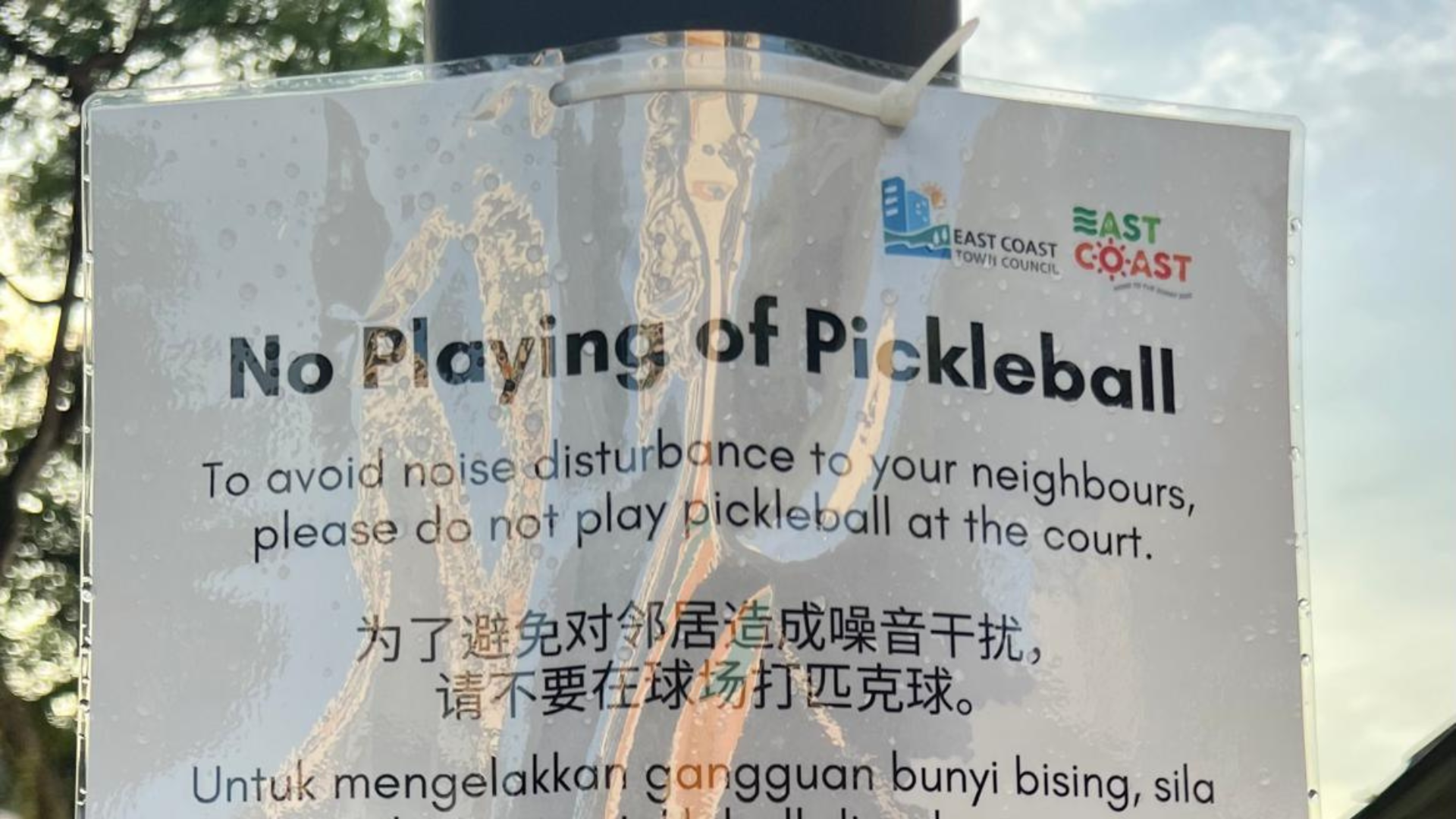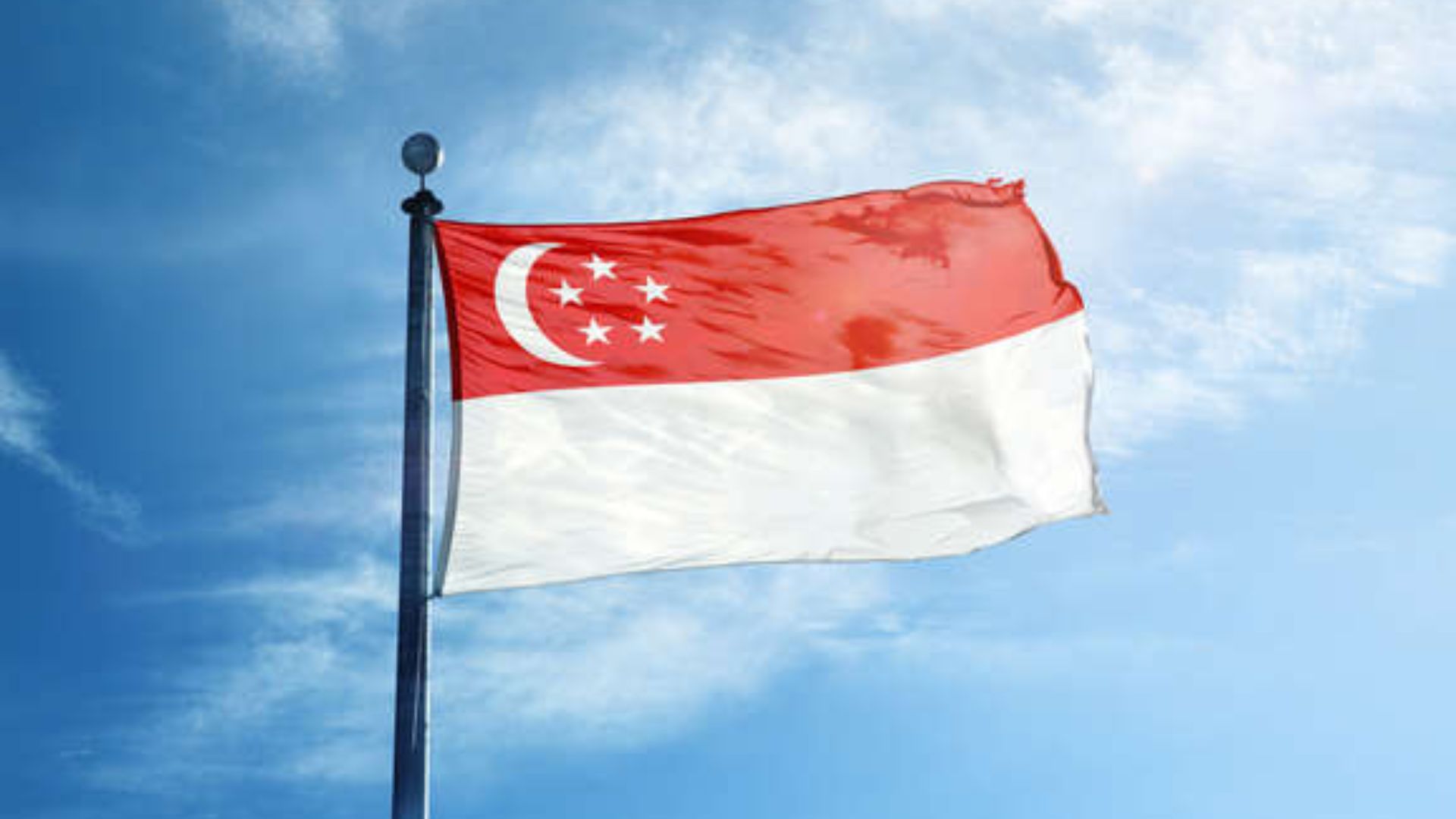What a tumultuous year 2020 has been. With most of us having been confined to our homes during the COVID-19 lockdown, it’s little wonder that we’re all yearning for a getaway.
Thankfully, as the spread of the virus starts to slow, various countries have gradually started to relax their border restrictions. And yes, with that, travel – in the form of travel bubbles – has indeed become possible once again!
What exactly is a travel bubble?
Travel bubbles comprise exclusive partnerships between countries that have managed to control the spread of COVID-19 within their borders. This agreement permits travel between the respective countries without the need for mandated quarantine upon arrival.
Examples of existing travel bubbles include those between selected cities in China and South Korea, as well as between India and Canada, among others.
What countries are in Singapore’s travel bubble?
1. Singapore – New Zealand
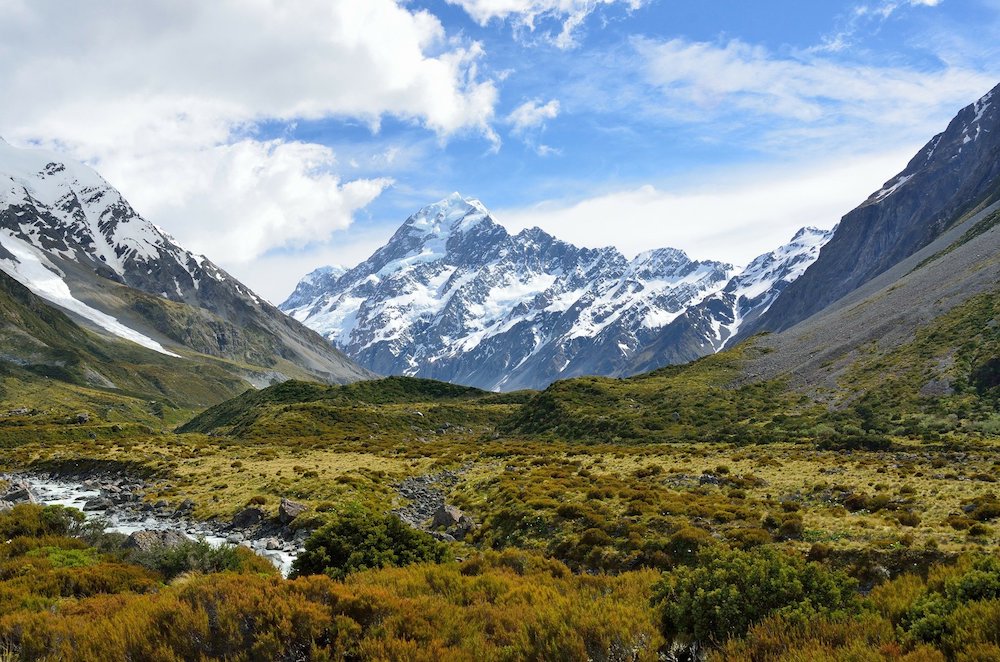
Singapore has allowed travel to and from New Zealand, effective from 1st September 2020. This also applies to students studying at institutions in New Zealand that do not permit long-distance learning.
Visitors to Singapore from New Zealand will not have to undergo quarantine upon arrival, under the condition that they have not travelled out of New Zealand in the last consecutive 14 days. However, they would have to undergo a COVID-19 test at the airport and will only be allowed to resume their trip after a negative result.
2. Singapore – Brunei
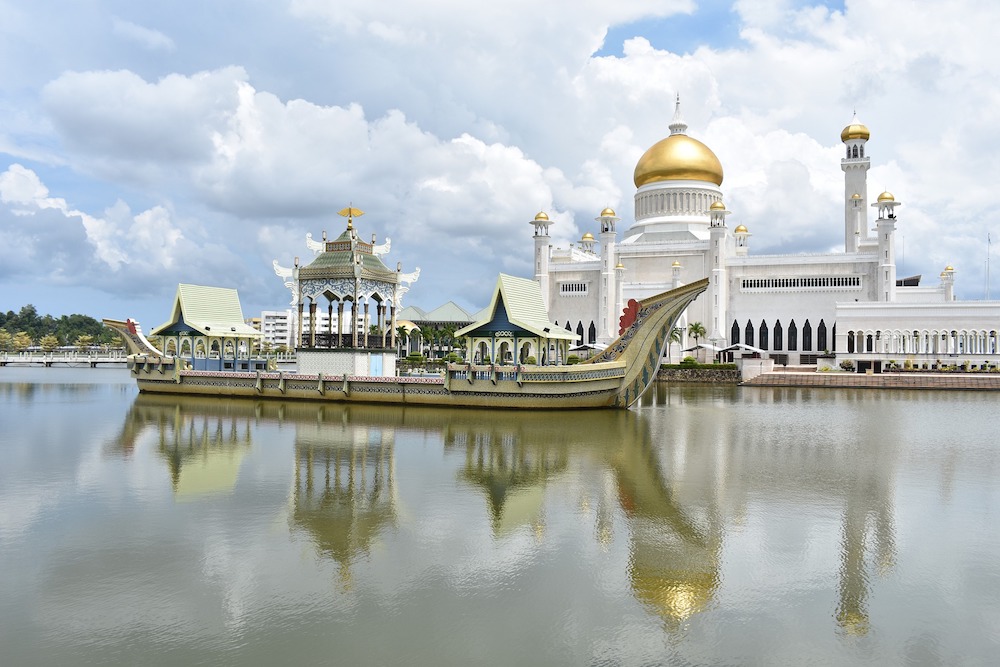
Similar to New Zealand, Singapore has allowed travel to and from Brunei from 1st September 2020 — with all the same rules applied.
For visitors from both New Zealand and Brunei, they would have to apply for an Air Travel Pass between seven and 30 days before their intended date of arrival. They would also have to bear all costs of medical treatment should they be diagnosed with COVID-19 whilst in Singapore.
Do note that Singaporeans looking to travel to New Zealand or Brunei should also check the countries’ respective entry requirements before planning their trip.
Countries permitted for essential travel
1. Singapore – Malaysia
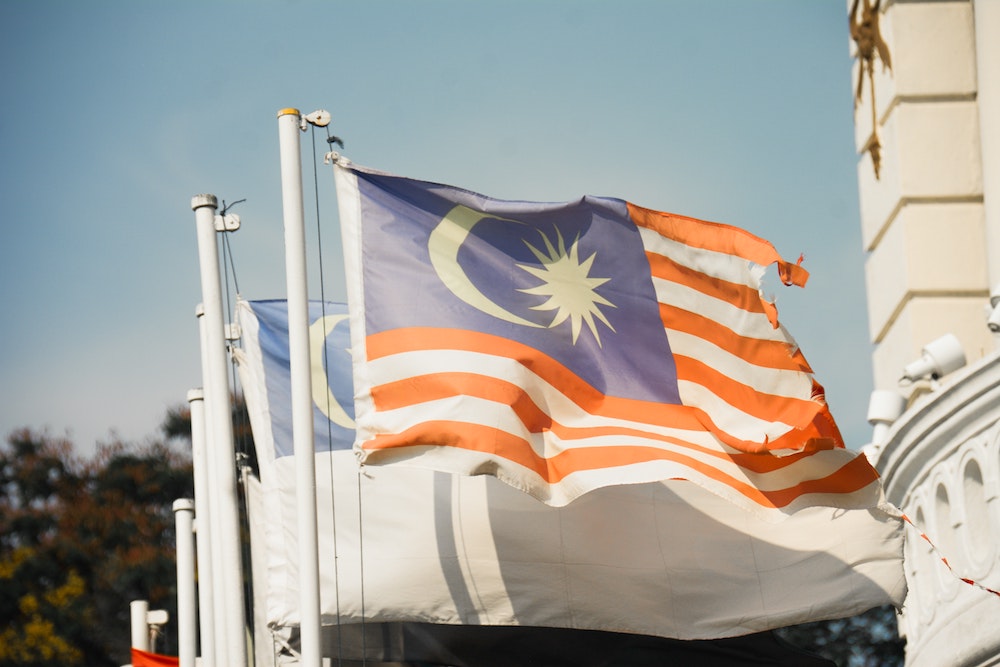
Limited cross-border travel between Singapore and Malaysia has been approved and ongoing since 17th August 2020 under two schemes:
- Reciprocal Green Lane (RGL), which allows short-term travel for essential business or official purposes for up to fourteen days
- Periodic Commuting Arrangement (PCA), which allows Singapore and Malaysia residents holding long-term immigration passes for work or business to enter either country for work
This undoubtedly came as a relief for many Malaysian residents, with up to 100, 000 crossing the causeway daily pre-COVID-19! However, Malaysia has also imposed a daily quota of 400 and 2000 travellers under the RGL and PCA schemes respectively. Also, those that enter either country under the PCA option must stay in that respective country for ninety days before they’re allowed to return home.
Singaporeans and Permanent Residents, on the other hand, do not require the PCA to return to Singapore. However, from 1st September 2020, they will still need to serve a seven-day stay-home notice – which has been reduced from the previous fourteen-day mandate.
Before making the trip, travellers will have to make an application through the Johor Immigration Department or the Safe Travel Portal, depending on which country they’re coming from.
2. Singapore – China
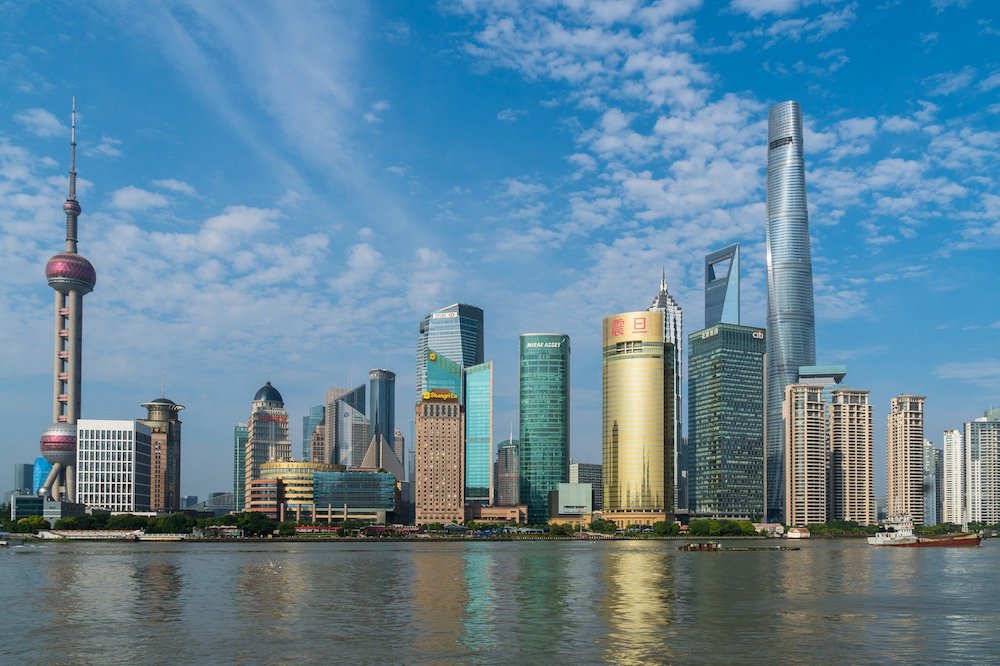
From 8 June 2020, visitors from China are permitted to enter Singapore for essential travel via a ‘Fast Lane’. This is exclusive to visitors from six Chinese cities, such as Guangdong, Shanghai, Tianjin, Zhejiang, Chongqing, and Jiangsu. If all goes well, the fast lane arrangement will be extended to other parts of China.
Travellers from China have to be sponsored by a company of Singapore Government agencies, who will have to submit an application for a Safe Travel Pass on their behalf. When this is approved, travellers will have to undergo COVID-19 tests at the airport at their own costs. This also applies to travellers from Singapore to China.
3. Singapore – Japan
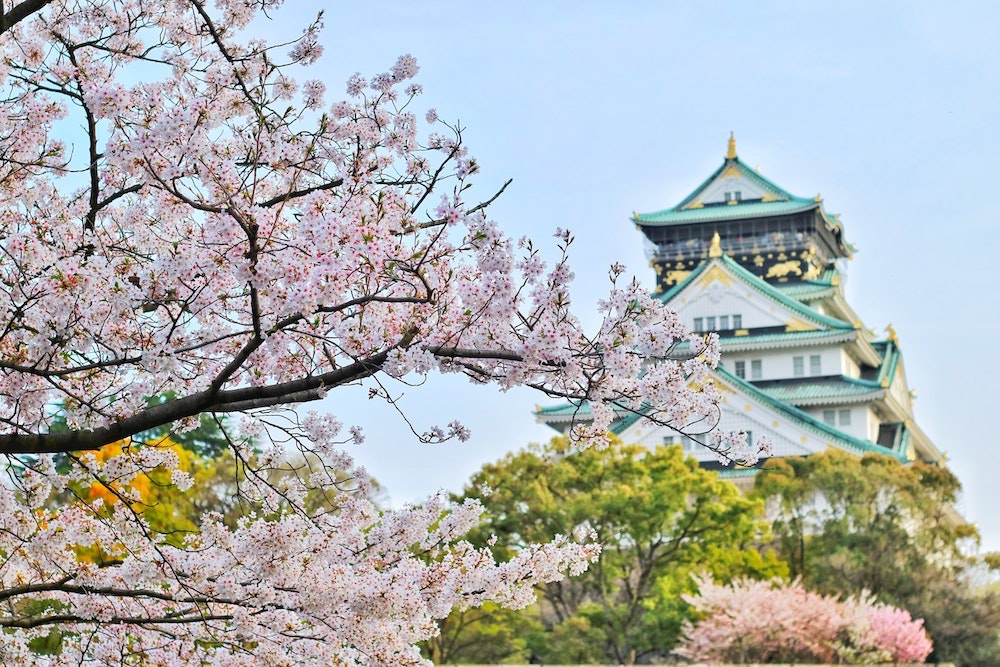
In September, travel between Singapore and Japan will be permitted for short-term business travellers, expatriates, and other long-term residents. Expatriates and long-term residents will still have to undergo a fourteen-day mandated self-quarantine period upon arrival in either country. However, business travellers will not be subject to this quarantine, on the condition that they provide a full trip itinerary, refrain from using public transport, shun crowds, and only travel between their accommodation and place of work.
All travellers to Japan will also have to install the Cocoa app, a COVID-19 contact tracing app, as well as agree to store their phone’s GPS data and report their health conditions via the Line messaging app for two weeks after arrival.
What else is being done?
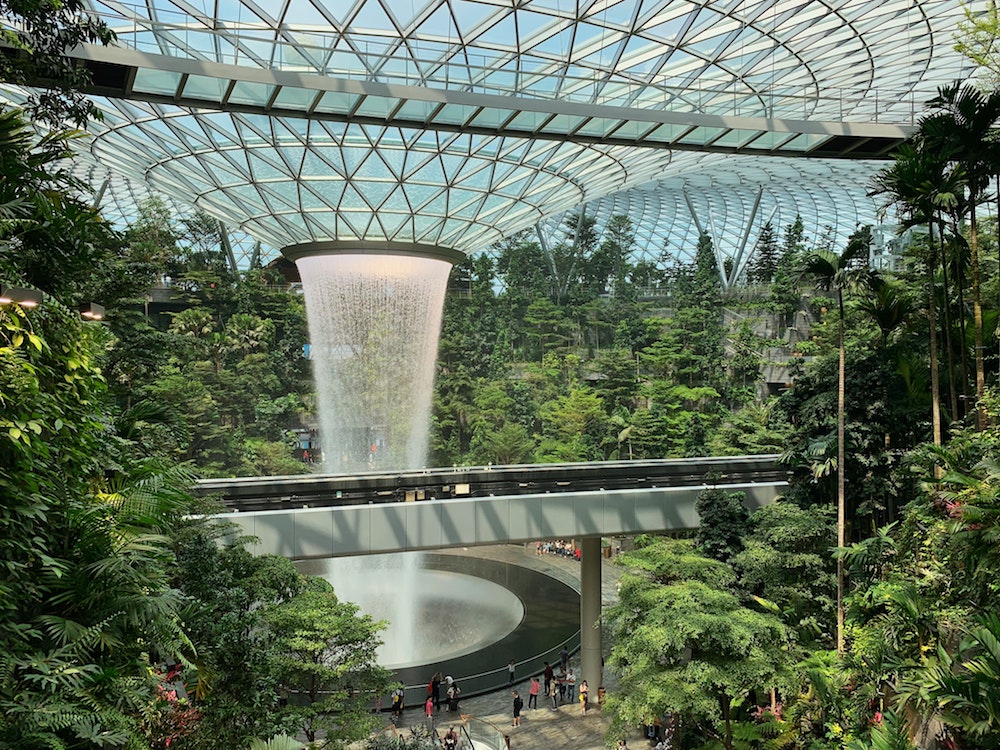
Restrictions for other countries have also been relaxed. For example, visitors from Australia (except the Victoria state), mainland China, Vietnam, Taiwan, Malaysia, and Macau will only have to serve a seven-day stay-home notice period, which is halved from the initial fourteen-day period.
In a bid to revive its travel sector, Singapore is also looking to replace the two-week self-quarantine period with a meticulous testing regime.
As time goes by, we’ll hopefully see more countries having success in curbing the spread of the virus — allowing more travel restrictions to be eased. Till then, stay safe and stay tuned for more updates!
